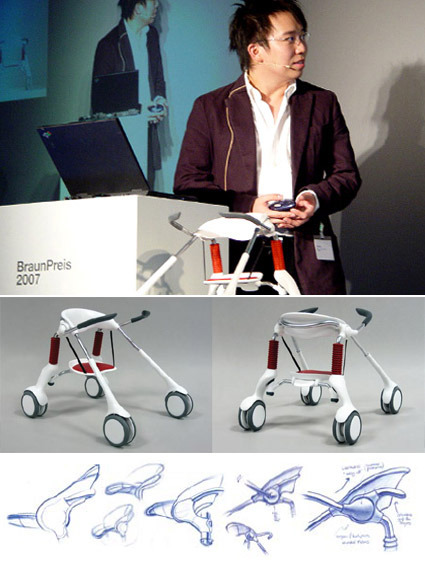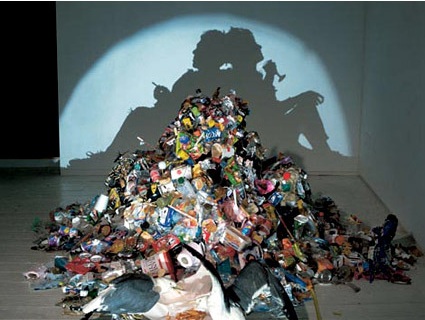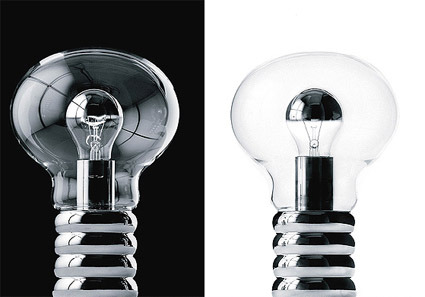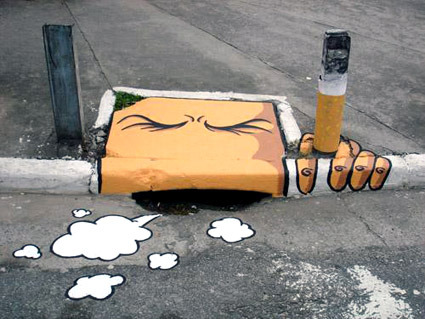
Singaporean designer (and a recent industrial design graduate from NUS), Donn Koh, had recently clinched one of the most coveted prizes for industrial design students – the Braun Prize. Titled Leapfrog, the project helps children with spinal problems to switch between sitting, standing and walking seamlessly:
LeapFrog humanizes the assistive walker for the brain-injured child by combining stander and walker functionality – it transforms, and assists, in sync with the child’s intention to sit, stand or walk. Besides supporting physical development, sense of independence and esteem, LeapFrog also turns ‘painful’ medical engineering aesthetics into sociable, toy-like approachability.
One of the highlights of this product is its trait of being a hybrid product that can accommodate to the wishes of the user, rather than the other way round. Often we find products that reduces a user-state into a single-dimensional, lowest common denominator. The LeapFrog, however, has the innovative ability to scale to its user’s needs: in the sitting-configuration, it fully supports the user and demands nothing; when the user wants to stand up and walk, it knows to ‘retreat’ and surrenders some of that autonomy back to the person – that makes the LeapFrog a lot more human, and certainly less ‘cage-y’.
It makes me wonder also the possibility of developing this product for the other segments too. Having worked with some patients in a geriatric ward, I could see how this could potentially help the elderly who are too weak for sustained walking but feel too undignified in wheelchairs.
In any case, congratulations to Donn for a job well done!








